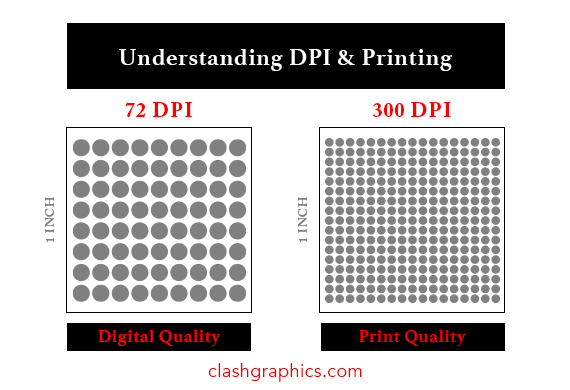Creating a Small Business Marketing Plan
Posted by Clash Printing Atlanta on 18th Jul 2024
Developing a small business marketing plan is essential for achieving your growth goals. This article provides a step-by-step approach to help you succeed. You will assess your business environment, set SMART marketing objectives, identify your targe…
read more









